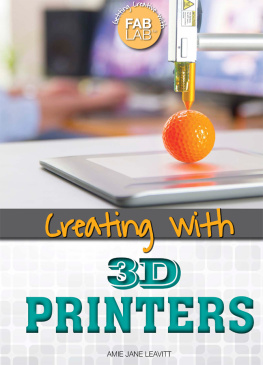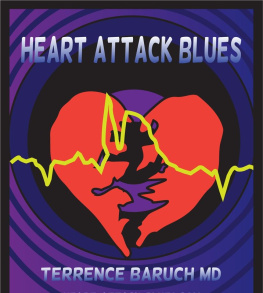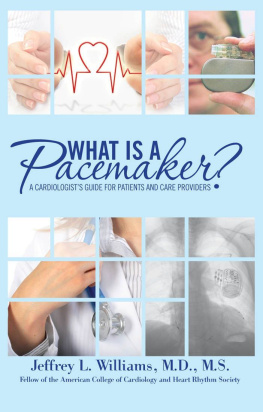Published in 2017 by The Rosen Publishing Group, Inc.
29 East 21st Street, New York, NY 10010
Copyright 2017 by The Rosen Publishing Group, Inc.
First Edition
All rights reserved. No part of this book may be reproduced in any form without permission in writing from the publisher, except by a reviewer.
Library of Congress Cataloging-in-Publication Data
Names: Leavitt, Amie Jane, author.
Title: Creating with 3D printers / Amie Jane Leavitt.
Other titles: 3D printers
Description: First edition. | New York : Rosen Publishing, 2017. | Series: Getting creative with Fab Lab | Audience: Grades 5 to 8. | Includes bibliographical references and index.
Identifiers: LCCN 2016017222 | ISBN 9781499465006 (library bound)
Subjects: LCSH: Three-dimensional printingJuvenile literature. | Technological innovationsJuvenile literature.
Classification: LCC TS171.95 .L43 2017 | DDC 621.9/88dc23
LC record available at https://lccn.loc.gov/2016017222
Manufactured in China
Introduction
A large red brick building on the Northampton Community College (NCC) campus in Bethlehem, Pennsylvania, is the home of one of the schools most state-of-the-art spaces. Its called the Fab Lab, or Fabrication Laboratory, and its where students and members of the community can come and make all kinds of items, ranging from metal and woodworking projects to laser cutting, audio engineering, and 3D printing.
The Fab Labs space is very industrial looking. Large tables are set up around the shop and each provides a place for creators to build and innovate. Machines of all varieties are placed throughout the labin fact, its the machines that are one of the major draws of Fab Labs. After all, its not just any kind of lab where you have access to expensive high-tech equipment like state-of the-art 3D printers, Sound Labs, vinyl and laser cutters, and 3D computer modeling technologies. At the Fab Lab, people may work alone on their projects but are encouraged to meet, chat, and collaborate with other people in the lab.
In a quieter space in the lab, professionals teach courses in a variety of disciplinesthe NCC Fab Lab offers approximately eighty different types of courses. Jeffrey Boerner, the director of the lab, explains in a video on the labs official YouTube page: The Fab Lab is all about processes, manufacturing processes. Everything from high-tech all the way to basic skills. You have to put those things together in order to build anything. We have the most incredible core group of craftsmen, especially instructors. One instructor at the lab has a masters degree in robotics; other professionals include experts in laser technology, wood turning, material design, and resin casting.
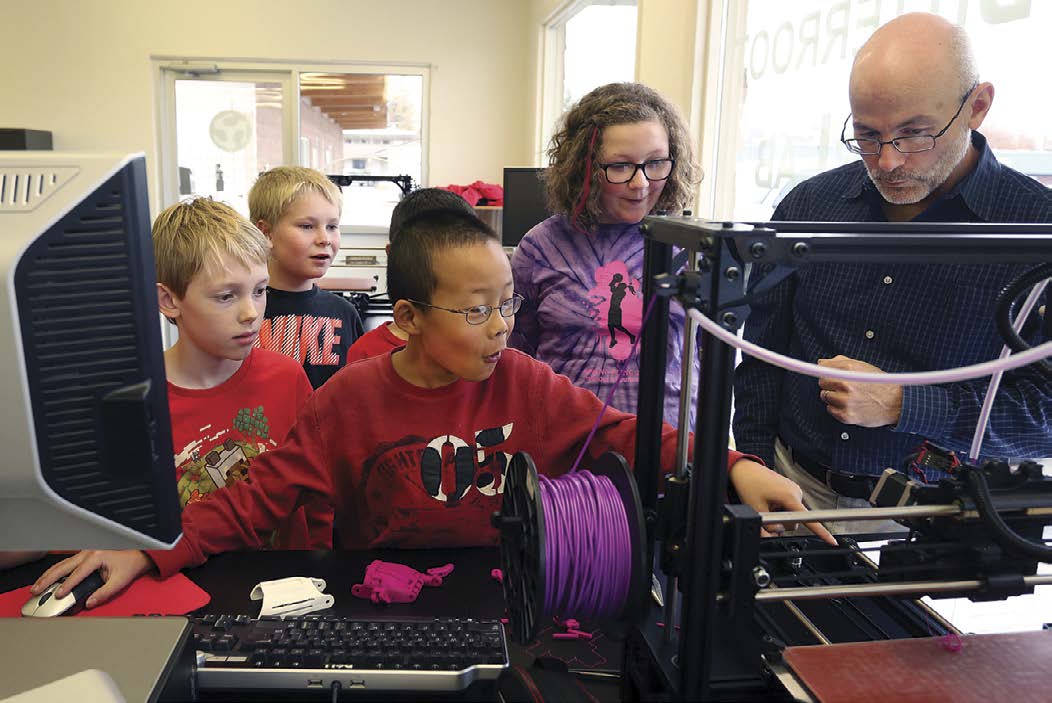
Seeing a 3D printer in action for the first time brings out the kid in everyone, including kids! Daly Elementary School students explore Bitterroot Colleges Fab Lab in Hamilton, Montana.
In the same video, Jessica Richline, one of the creators at the lab, explains why she frequents the lab: The coolest thing about being here is the energy. Its exciting. Theyre building a robot here. Theres three guitars being built behind me right now. Its awesome. Every semester brings a new group of inventors and creators and innovators, and its wonderful.
The Fab Lab is an open community and everyone is welcome, no matter their age or ability level. One of the young people who creates at the lab is Derek Richline. In the YouTube video, he comments, We are a Fab Lab. One of our slogans is Where Dreams Become Reality and that is very important because anyone can just walk in here and make something. If you have a crazy idea, we can try it out.
The Fab Lab at NCC is truly a place where people can learn something, make something, and be inspired.
Chapter
ONE
DIGITAL FABRICATION FOR EVERYONE
T he Fab Lab at NCC might sound like a revolutionary, one-of-a-kind place, and to some degree it is. However, Fab Labs just like this one are found in many places around the world, and theyre growing in number every year. But what exactly is a Fab Lab?
A Fab Lab is essentially a small-scale hands-on workshop that has specific high-tech equipment set up in an environment that promotes collaboration with others. The idea for a Fab Lab originated at the Massachusetts Institute of Technology (MIT). In 2001, Neil Gershenfeldthe director of MITs Center for Bits and Atoms (CBA)was teaching a course titled How to Make (Almost) Anything. In this class, students used the centers high-tech equipment to make all kinds of things, ranging from a dress with sensors sewed into the fabric to an alarm clock that had to be wrestled to stop it from ringing. The students thoroughly enjoyed learning how to turn their ideas into actual products.
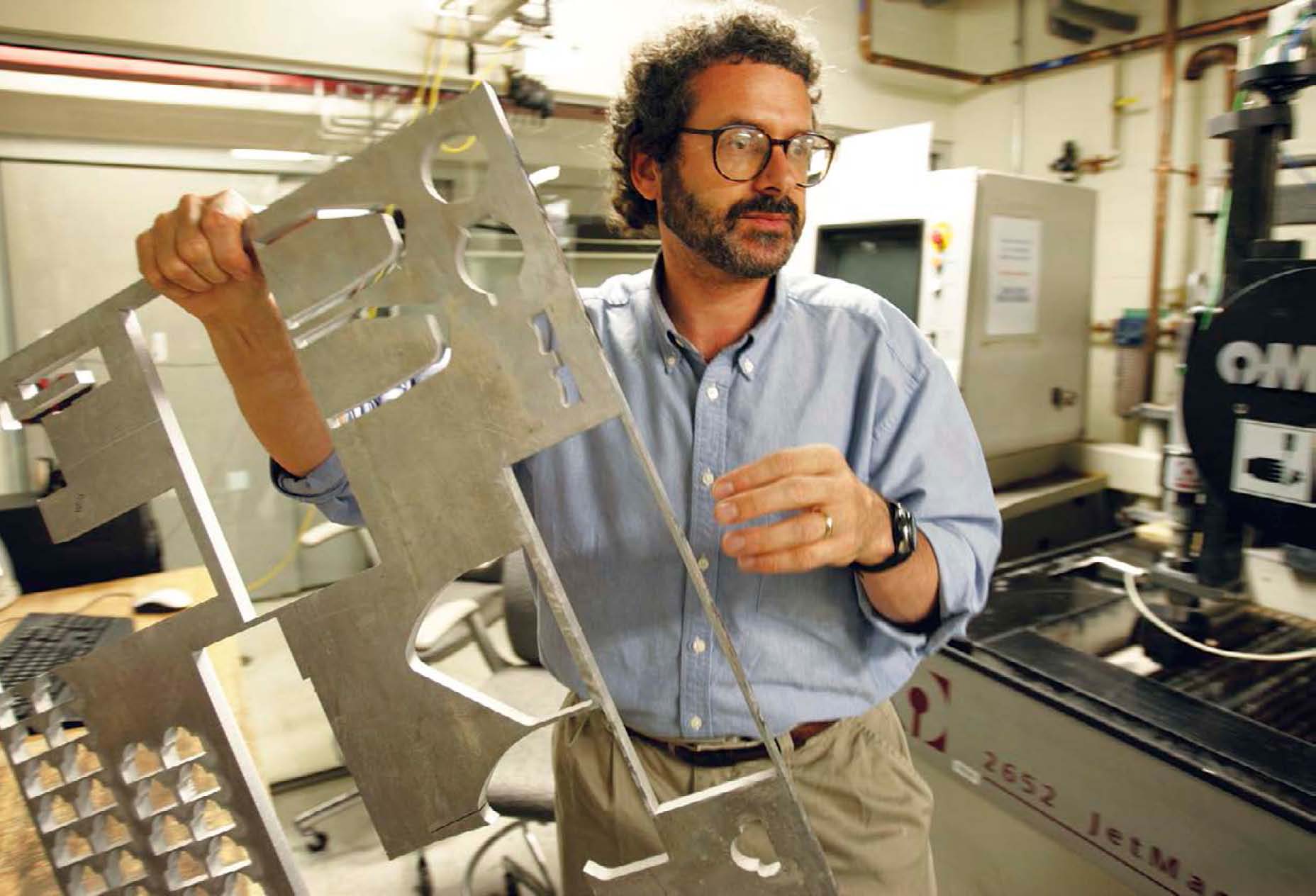
All kinds of things can be made in a Fab Lab. Founder Neil Gershenfeld holds a piece of aluminum that has been precisely cut on a milling machine in the fabrication laboratory at MIT in Cambridge, Massachusetts.
Expanding the Program
The class was such a success that the National Science Foundation decided to get involved. In 2003, they provided funding to help CBA start an educational outreach program. Smaller versions of the center, called Fab Labs, would be set up in other locations. The first was slated for the South End, an inner-city neighborhood in Boston.
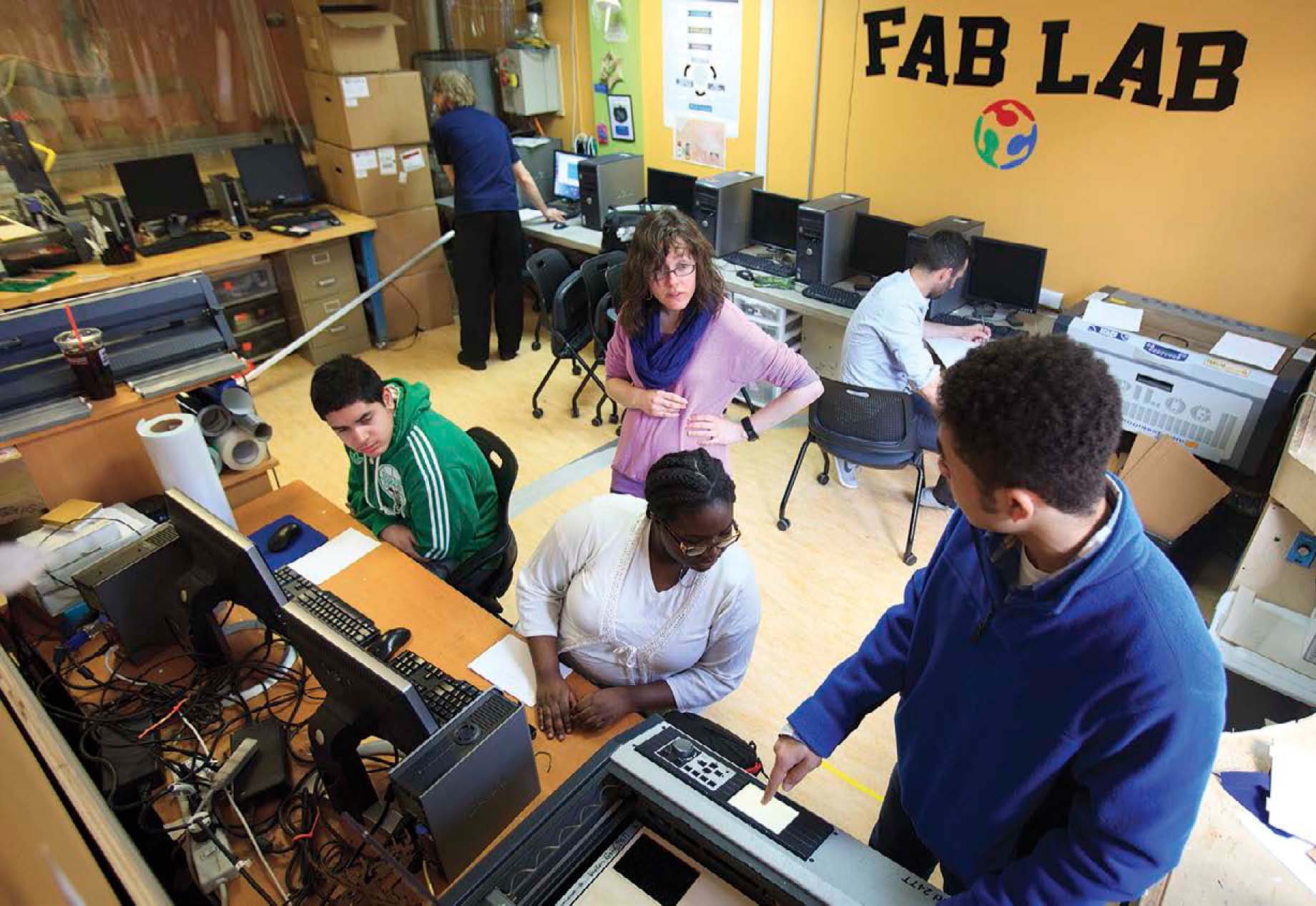
Fab Labs provide an ideal setting for STEM education. In this photo, a college mentor for the Learn 2 Teach, Teach 2 Learn program teaches students how to use a laser cutter at the South End Technology Center.
The two environments (MIT and the South End center) couldnt have been more different from each other. However, the students at both places were just as excited about the opportunity to create with the equipment. Gershenfeld recalled the experiences at the South End Fab Lab in an article he wrote for Foreign Affairs in 2012: A group of girls from the [South End] area used the tools in the lab to put on a high-tech street-corner craft sale... Some of the homeschooled children in the neighborhood who have used the fab lab for hands-on training have since gone on to careers in technology.
FAB LABS, MAKERSPACES, HACKERSPACES, AND TECHSHOPS
As you learn more about Fab Labs, you will undoubtedly hear about Makerspaces, hackerspaces, and TechShops. Its important to understand that although there are similarities between these spaces, there are also definite distinctions between them.
Fab Lab This is a trademarked name and is a franchise set up by MIT. These franchises are not for profit. MIT determines the exact equipment and training provided in each one. Fab Labs are also required to abide by specific rules at each location.
Makerspace People are encouraged to engage in as many different kinds of crafts as possible in these spaces, including sewing, woodworking, and electronics.
Hackerspace These spaces generally focus on electronics, computer programing, and repurposing hardware.

